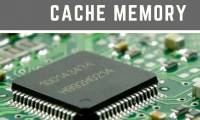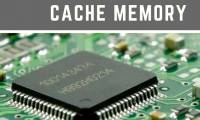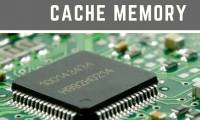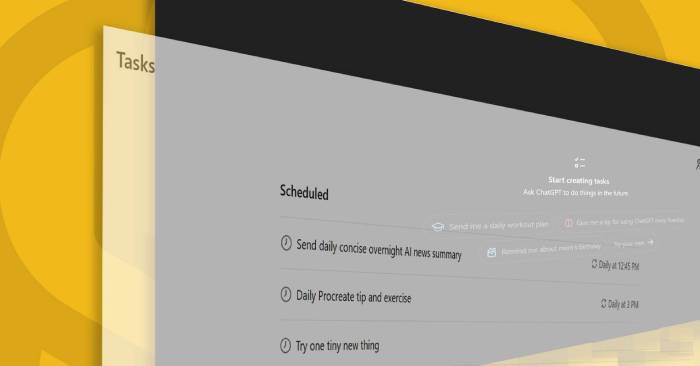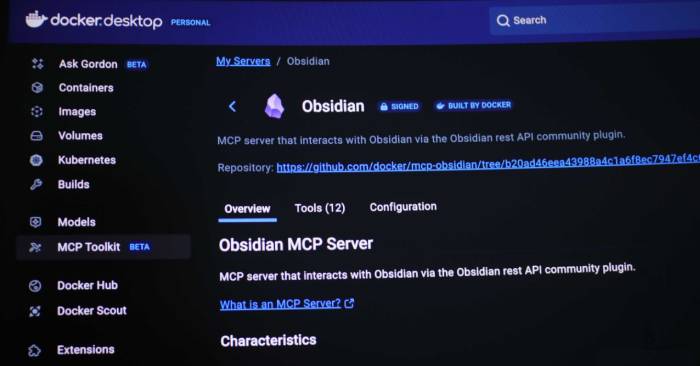Search results: learn cache

memory cache is the type of high-speed memory available inside the cpu to speed up access to data and instructions stored in ram. in this tutorial, we will show you how this

in this section we are only interested in previous historical aspects of cache. if you are not interested in this topic, you can skip it to read the next section.

the cpu fetch unit will look for the next instruction to be executed in the l1 instruction cache. if it is not there, it will search on the l2 cache. after that, if not, it will
 memory cache is the type of high-speed memory available inside the cpu to speed up access to data and instructions stored in ram. in this tutorial, we will show you how this
memory cache is the type of high-speed memory available inside the cpu to speed up access to data and instructions stored in ram. in this tutorial, we will show you how this in this section we are only interested in previous historical aspects of cache. if you are not interested in this topic, you can skip it to read the next section.
in this section we are only interested in previous historical aspects of cache. if you are not interested in this topic, you can skip it to read the next section. the cpu fetch unit will look for the next instruction to be executed in the l1 instruction cache. if it is not there, it will search on the l2 cache. after that, if not, it will
the cpu fetch unit will look for the next instruction to be executed in the l1 instruction cache. if it is not there, it will search on the l2 cache. after that, if not, it will